Survey Reveals the Current State of Estimating Software in the Construction Industry
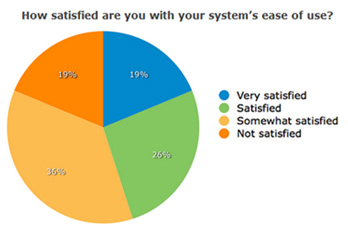 Software Advice's ERP Analyst Derek Singleton recently posted a blog that points out three major findings from the construction firms that they surveyed for their latest research.
Software Advice's ERP Analyst Derek Singleton recently posted a blog that points out three major findings from the construction firms that they surveyed for their latest research.
First, “Users of construction estimating software produce faster and more accurate bids.”
Second, “Construction estimating software users report fewer challenges with their system.”
Third, “These results were more pronounced among medium- and large-sized companies.” [node:read-more:link]


 AGC Smart Brief
AGC Smart Brief The
The 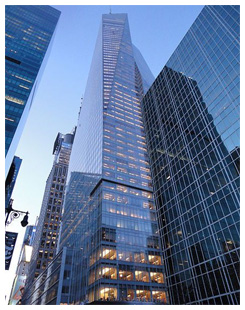 The Bank of America Tower in the city of New York was given the designation of LEED Platinum as the first tower in the city to achieve that rating. According to Al Gore, one of its early tenants, the building was to be perhaps the most sustainable high rise in the country and a model for other buildings.
The Bank of America Tower in the city of New York was given the designation of LEED Platinum as the first tower in the city to achieve that rating. According to Al Gore, one of its early tenants, the building was to be perhaps the most sustainable high rise in the country and a model for other buildings.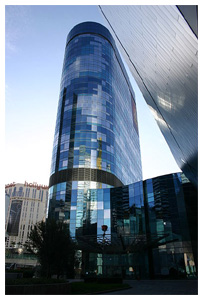 I know it sounds strange, but as we have reported previously, strange things happen in Las Vegas every day.
I know it sounds strange, but as we have reported previously, strange things happen in Las Vegas every day.  Nissan joined GM and announced this week that they plan to have cars that can drive themselves in production by 2020, but I am not sure that will be soon enough after what I saw on the way to breakfast.
Nissan joined GM and announced this week that they plan to have cars that can drive themselves in production by 2020, but I am not sure that will be soon enough after what I saw on the way to breakfast.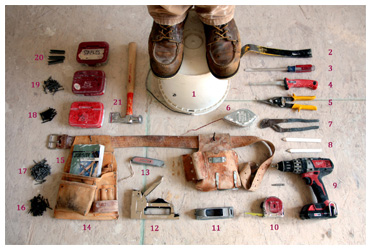 My architectural colleague, Bob Borson, is an architect and blogger in Dallas. He “pens” a blog site called Life of an Architect. I read each and every one of his blogs since he writes about subjects that any of us who are architects or who are in the construction industry will find interesting.
My architectural colleague, Bob Borson, is an architect and blogger in Dallas. He “pens” a blog site called Life of an Architect. I read each and every one of his blogs since he writes about subjects that any of us who are architects or who are in the construction industry will find interesting.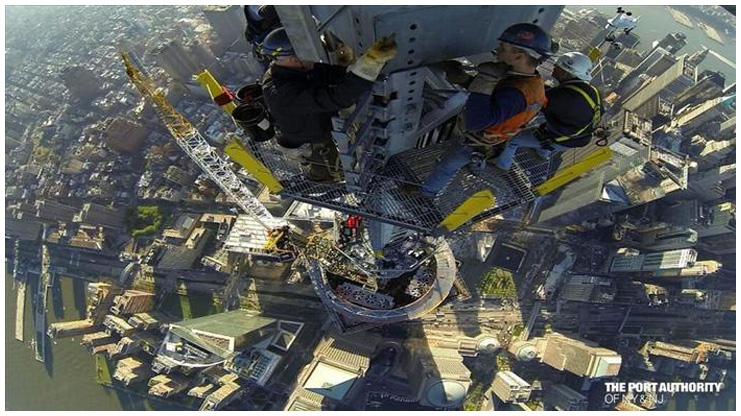
 School starts again in a month or so across the nation and thousands of middle school and high school students will be asked to think about “what they want to be when they grow up” and to examine the careers available to them and to decide which path they will pursue.
School starts again in a month or so across the nation and thousands of middle school and high school students will be asked to think about “what they want to be when they grow up” and to examine the careers available to them and to decide which path they will pursue.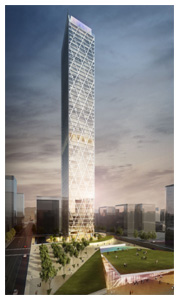 We won’t say that the energy industry is “high on the success” of the recent development of the oil fields of West Texas, but they might be getting mighty close when real estate developers announce a monumental high rise to be built in the
We won’t say that the energy industry is “high on the success” of the recent development of the oil fields of West Texas, but they might be getting mighty close when real estate developers announce a monumental high rise to be built in the 